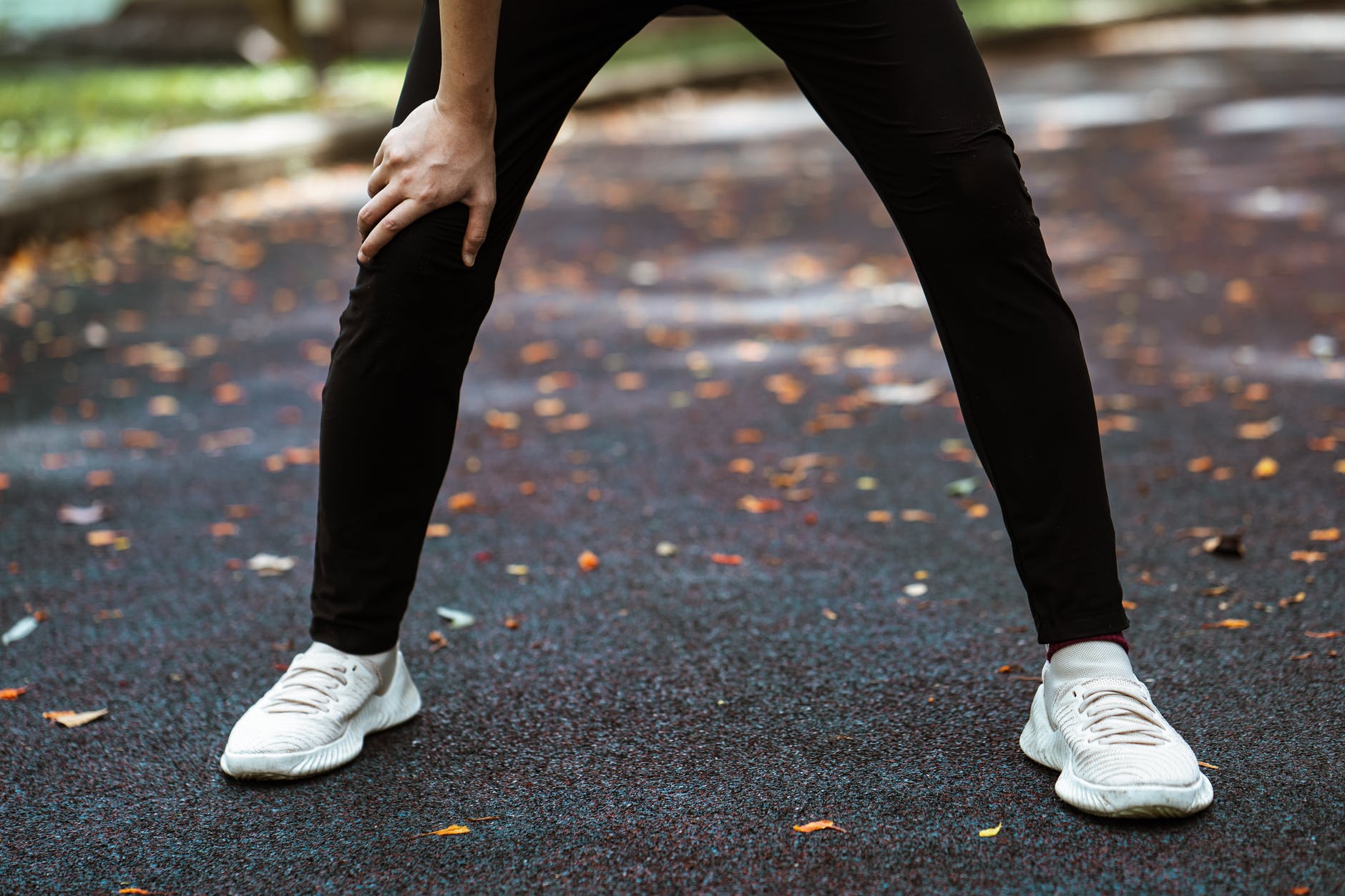Being asthmatic while trying to get fit can be a challenge. The goal is to increase your lung capacity and manage your breathing; but exercising may trigger your asthma. Therefore, you try not to exercise, and the cycle continues.
The trick is to find a balance between improving your fitness and managing your asthma.
Types of asthma
First, your doctor will identify exactly which form of asthma you suffer from. The American College of Allergy, Asthma and Immunology defines the different types as follow:
- Exercise-induced asthma or exercise-induced bronchoconstriction (EIB) is often triggered by aerobic exercise; you might just be unfit
- Adult-onset asthma occurs when you develop or are exposed to a trigger as an adult, without ever having asthma as a child
- Allergic asthma involves allergens; you may have to be tested to figure out what you are allergic to
- Chronic obstructive pulmonary disease (COPD) induced asthma refers to asthma caused by pre-existing lung diseases that constrict your airflow; examples include cystic fibrosis and emphysema
- Non-allergic asthma does not include any allergens and mostly presents in patients who experience asthma attacks when they are ill with pneumonia, bronchitis or other acute conditions
- Occupational asthma occurs when one works in an industry where you are exposed to harmful triggers such as dander, chemicals or other substances that you may breathe in; this is common among miners, farmers, bakers and factory workers

Picking the correct exercise method
Once you and your doctor have determined which form of asthma you suffer from, it will be easier to find the correct exercise method.
Should you suffer from EIB, it will benefit you to start with a slower form of exercise, with frequent breaks. You can push yourself harder once you have improved your fitness, and gradually build on to your routine.
- Popular choices include golf, yoga, walking and indoor cycling

If you have adult-onset-, allergy- or occupational asthma, identifying your triggers will narrow down your options somewhat.
- If grass, dust or pollen is one of your triggers, you might want to invest in a gym subscription or purchase a treadmill
- If chemical exposure is your trigger, you may want to avoid gyms with pools, as the chlorine may trigger you; fresh outside air may be better
Non-allergic asthma may just mean that you need to stop exercising when you are ill, and can continue once you are healthy.
Should you suffer from COPD related asthma, it is advised that you consult a doctor and a biokineticist or personal trainer to help you manage your illness and fitness. Exercising may greatly affect your overall wellness but also exacerbate your asthma.
Why exercise in the first place?
If exercising is just going to trigger your asthma, why do it? It is important to keep in mind exercise has many health benefits.
It can greatly increase your endurance, reduce inflammation in the lungs, improve lung capacity, strengthen your body and improve your heart health.

Starting with a breathing exercise and warming up properly will help you transition into a smoother workout. Swimming will help you train your lungs to handle breathing on your terms, especially if you are prone to hyperventilation.
To note
Running with a scarf, buff or mask has benefits, especially if it is cold. Although this may feel restricting; covering your nose and mouth allows for the air to heat up somewhat. Did you know that cold air can tighten your airways? Your mask may also act as an added filter for dust and pollen particles.

It is important to take your asthma treatment seriously, and stick to using your pumps and medications as prescribed. There are many medications and even supplements that are contra-indicated to asthmatics. Disclose everything you intend to use to your doctor or pharmacist.
We can deliver your medication, supplements and other Mopani online shopping, nationwide. More info: mopani.co.za | crossing@mopani.co.za | Tel: 0137555500 | WhatsApp: 0661921703


